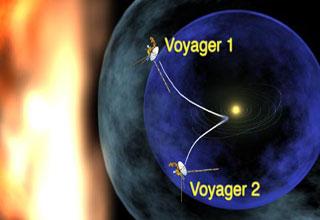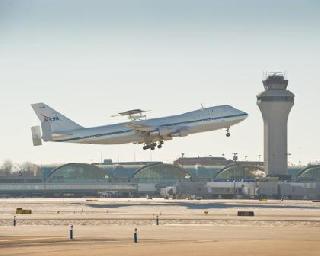
NASA's long-running Voyager 1 spacecraft
LOS ANGELES (AP): NASA's long-running Voyager 1 spacecraft is barreling its way toward the edge of the solar system.
Since 2004, the unmanned probe has been exploring a region of space where solar wind, a stream of charged particles spewing from the sun at 1 million miles (1.6 million kilometres) per hour slows abruptly and crashes into the thin gas between stars.
NASA said Monday that recent readings show the average outward speed of the solar wind has slowed to zero, meaning the spacecraft is nearing ever closer to the solar system's edge to a boundary known as the heliopause.
"It's telling us the heliopause is not too far ahead," said project scientist Edward Stone of the NASA Jet Propulsion Laboratory.
Scientists estimate it will take another four years before Voyager 1 completely exits the solar system and enters interstellar space.
The latest milestone occurred in June when scientists noticed the solar wind speed matched the spacecraft's. Just as wind velocity on Earth can vary, the team took measurements for several more months to make sure there were no changes.
"We knew this was going to happen. The question was when," Stone said.
The Voyager results will be presented Tuesday at the American Geophysical Union meeting in San Francisco.
Launched in 1977, the nuclear-powered Voyager 1 and its twin Voyager 2 toured the planets and kept going in different directions. Voyager 1 veered north while Voyager 2 headed south.
 Previous Article
Previous Article Next Article
Next Article













The Indian Air Force, in its flight trials evaluation report submitted before the Defence Ministry l..
view articleAn insight into the Medium Multi-Role Combat Aircraft competition...
view articleSky enthusiasts can now spot the International Space Station (ISS) commanded by Indian-American astr..
view article